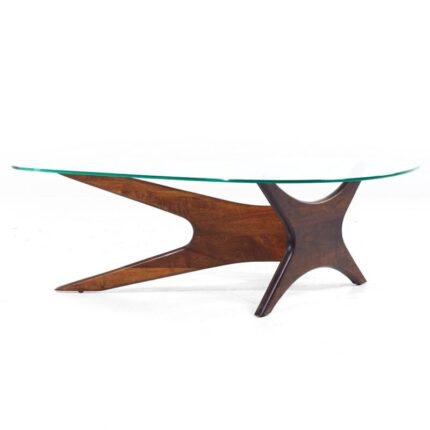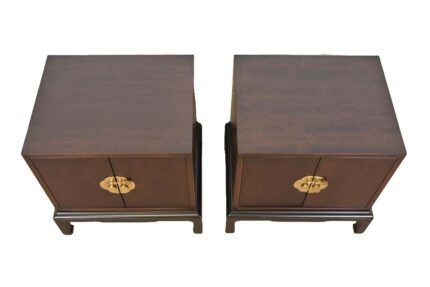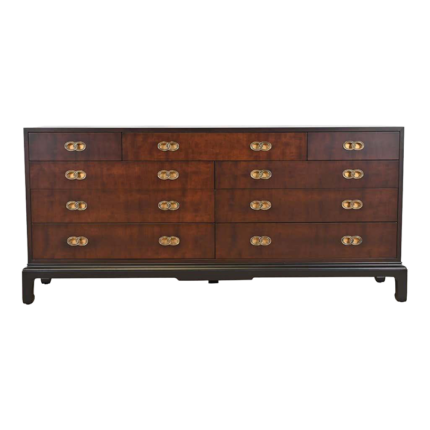For many of us Jo Niemeyer is not the most common name in constructivist art. However, Niemeyer has a loyal following of admirers in Germany and Finland
Working with the primary colors that Piet Mondrian used too in his STIJL period the compositions look at first glance not that original, but study them closely and you will notice a much more complex composition with movement on the works by Niemeyer. Making these stand out on their own.
Jo Niemeyer was born in 1946 in the German village Alf. He comes from a long-time artist family. His mother was a textile designer and worked in Saabrücken at the former State School for Art & Crafts, where she was in charge of a handloom weaving factory. His father began to paint at a relatively young age, in abstract and concrete art. Unfortunately, his paintings were considered to be degenerate and most of his works were destroyed or lost during WWII.
After three years of studying photography and graphic art, Niemeyer executed his first geometrical painting in 1966. He travelled in several countries, including the United States and Canada, and in Scandinavia where he was particularly fascinated by nature. In 1967, he pursued his training in Industrial Design at the Finnish Institute for Art “Atheneum”. He decided in 1970 to quit his job as professional photographer to become a full-time independent artist.
In Finland, he met artist colleagues Lars-Gunnar Nordstrom and Matti Kujasalo, the former director of the Finnish Academy of Art in Helsinki. In the 1980s, Kujasalo asked Niemeyer to lecture about different print techniques in the graphic art department. During this time, Niemeyer built up his knowledge of Finnish architecture. It was also in Helsinki in the late 1960s that Niemeyer met his wife, Tuula Partanen. in 1972 she founded Edition Partanen which specialized in silkscreen prints and publication of graphic and art portfolios. The studio was established in South Germany with a showroom in Zurich, Switzerland. Edition Partanen collaborated with artists such as Rupprecht Geiger, Matti Kujasalo, Ilya Bolotowsky and Niemeyer himself.
Niemeyer began to elaborate his big scale project “20 steps around the world” which would be installed in 1997 in the City of Ropinsalmi in Finland. In this project, he explained, the earth replaced the canvas. According to him, earth is the carrier of his artistic work being integrated into the creative process only by minimal changes. In the context of this work an arbitrarily defined route around the earth is divided systematically and exactly into 20 segments which develop to a dynamic, logarithmic progression according to the ‘Golden Section’. The 20 steps are visualized by using an installation of 20 stainless-steel elements around the globe, precisely located on continents. The location of the points is achieved by using a computer and satellite navigation.
-
Creator:Jo Niemeyer(Artist)
-
Dimensions:Height: 16.15 in (41 cm)Width: 16.15 in (41 cm)Depth: 0.6 in (1.5 cm)
-
Style:De Stijl(Of the Period)
-
Materials and Techniques:Paper
-
Place of Origin:Germany
-
Period:1980-1989
-
Date of Manufacture:1988
-
Condition:Good
-
Seller Location:Weesp, NL
-
Reference Number:Seller: LU1464220747952








































Reviews
There are no reviews yet.